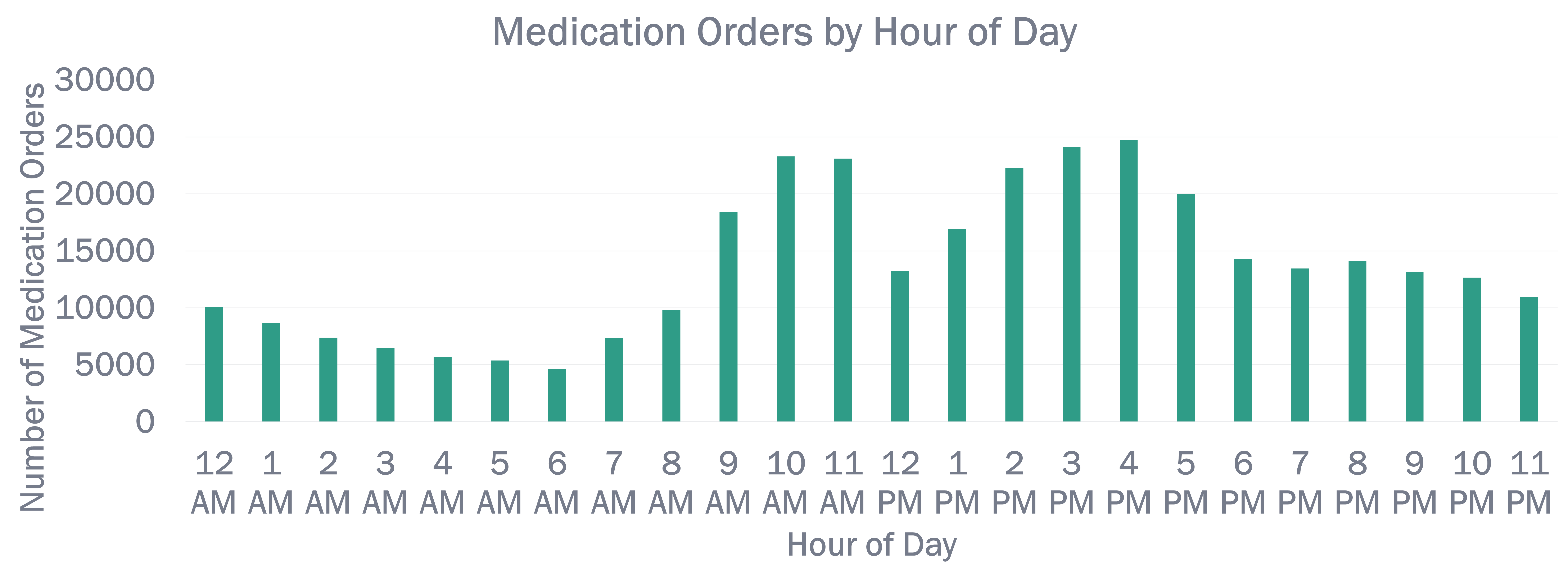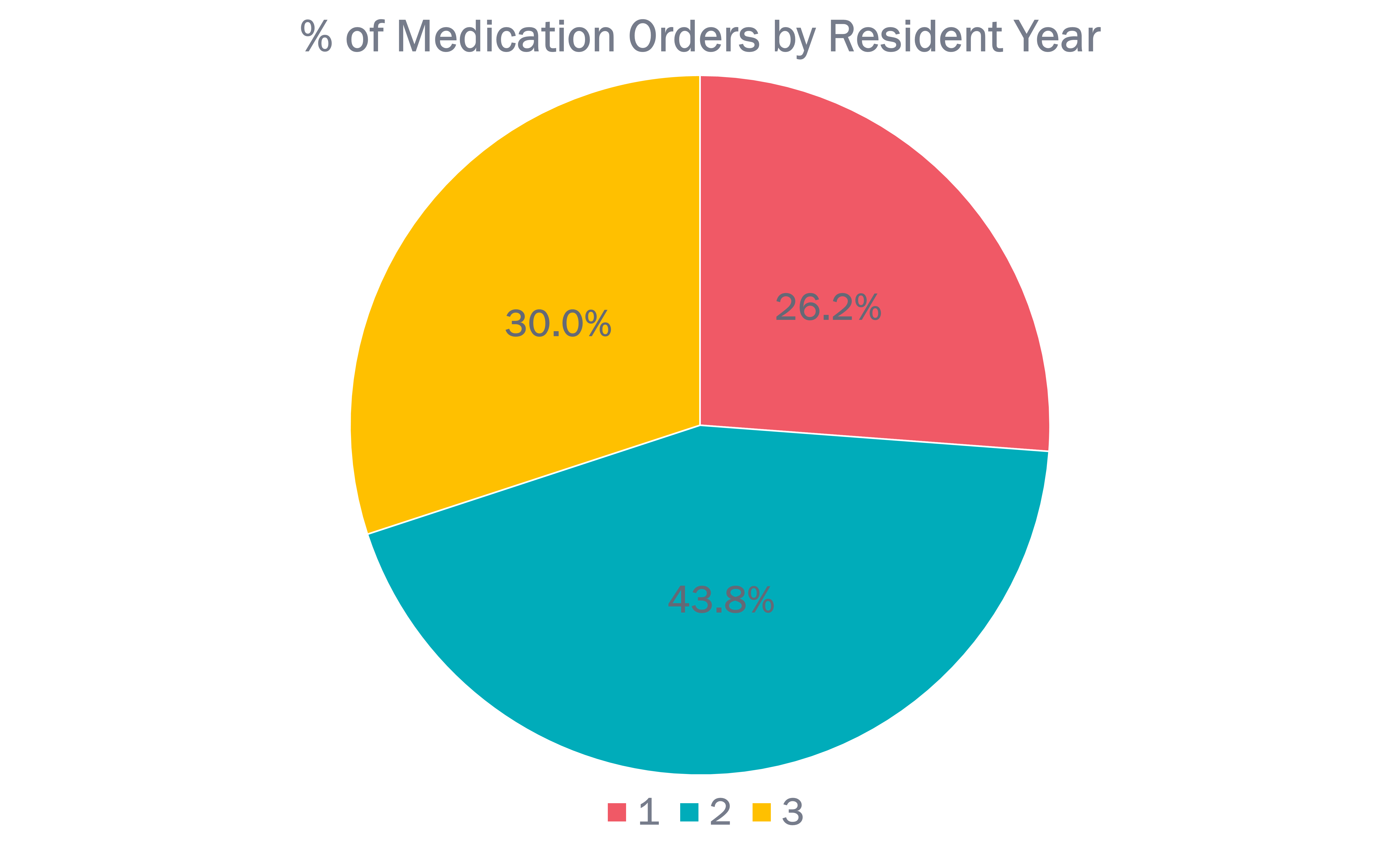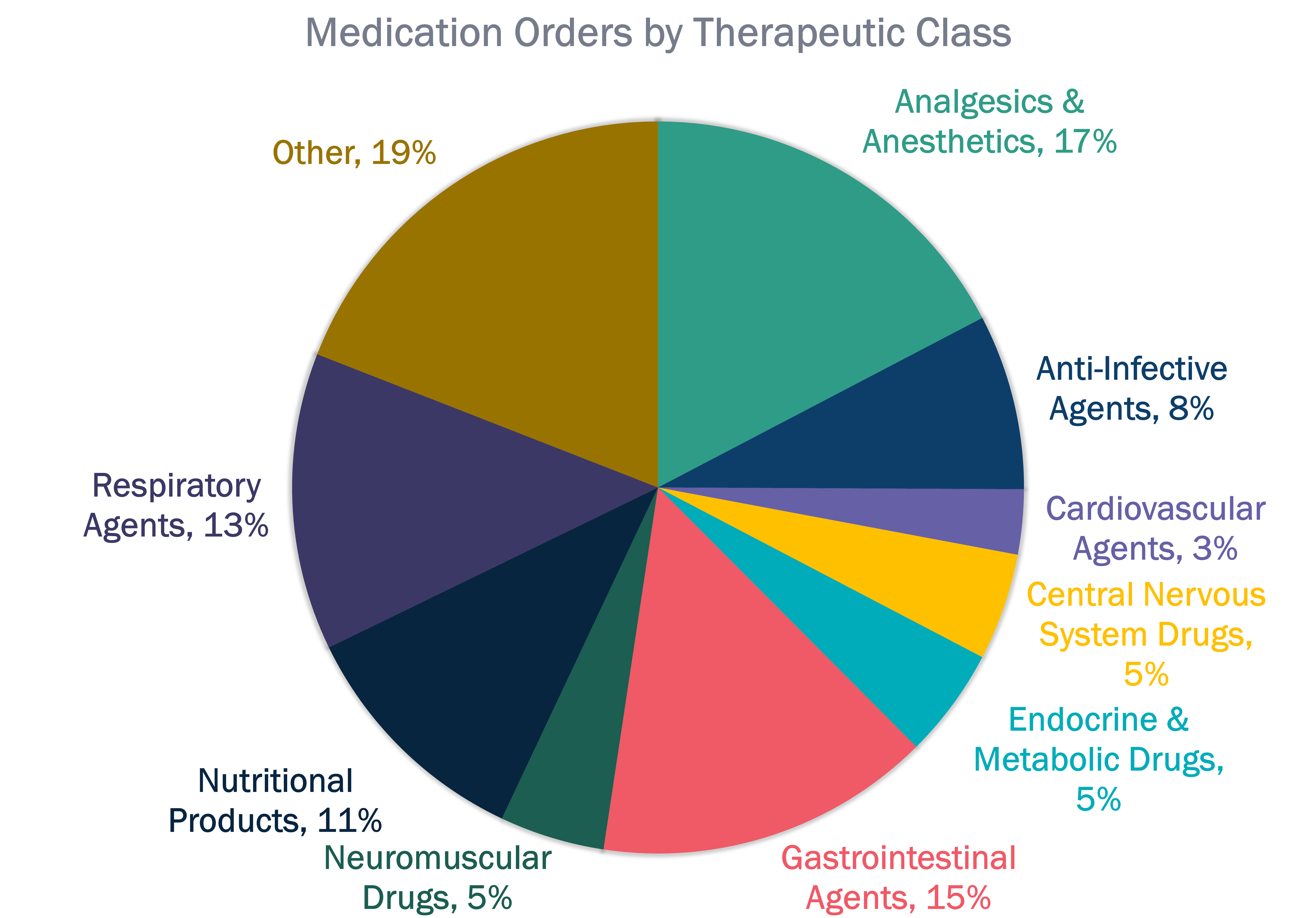Telemedicine/EHR/Medical Informatics
Telemedicine/EHR/Medical Informatics 1
726 - A Description of Pediatric Residents’ Ordering Practices
Publication Number: 726.154

Kevin D. Smith, MD, MS (he/him/his)
Pediatric Critical Care Medicine Fellow
Nemours Children's Hospital, Delaware
Philadelphia, Pennsylvania, United States
Presenting Author(s)
Background:
Pediatric Residents place hundreds of discrete orders per day. There has been no analysis or description of global ordering practices to date.
Objective:
The goal of this project is to describe Pediatric Residents' ordering practices in the Electronic Health Record (EHR).
Design/Methods:
We obtained order data from the EHR through the health system data warehouse. Orders placed by Pediatrics Residents between July 1, 2018 – June 30, 2021 were included. Requested data included date/time of order, name of order, order details, and ordering provider. Qualitative and quantitative analysis conducted using Microsoft Excel.
Results:
1,072,143 orders were placed during the study period, including 334,113 medication orders and 25,059 imaging orders. The most common medications ordered were Acetaminophen, Albuterol, Ibuprofen, and 5% Dextrose in 0.9% Sodium Chloride with 20 mEq Potassium Chloride. Opioids accounted for 3% of medication orders. 25,871 orders for anti-infective agents were placed including 13,003 for Penicillins and Cephalosporins. 28% of total orders placed were from order sets.
Conclusion(s):
Residents place orders in the EHR with astounding frequency. Pain relievers and fluids account for a significant portion of medication orders for pediatric patients. Daytime ordering is twice as frequent as nighttime, but hospital teams are more highly staffed during these hours. Low numbers of orders placed from order sets provide opportunities for informatics interventions. Analysis of order entry by Pediatric Residents is a novel and valuable tool for informaticists to follow trends and make improvement to the order entry process.


